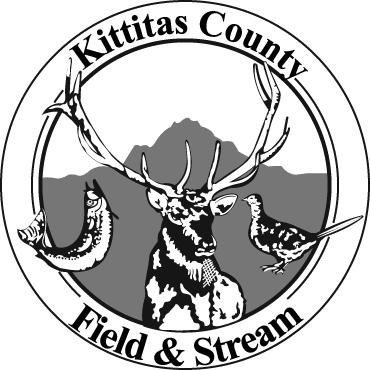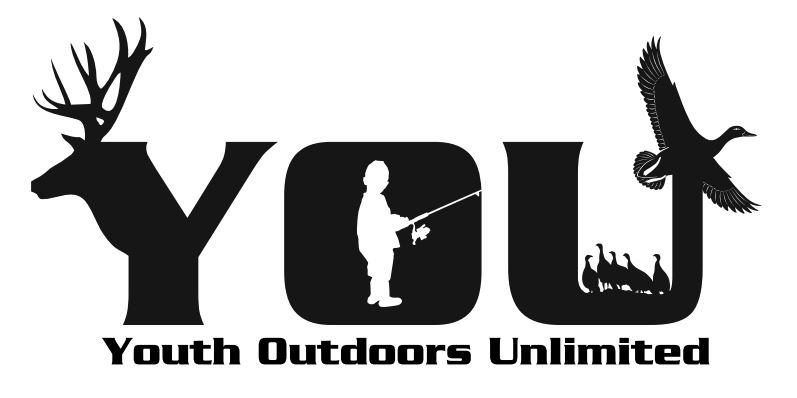Last weekend was “Ilwaco Tuna Weekend” for ten Hucklings, Homeys and former Homeys.
This was year four of Labor Day Weekend tuna fishing. In 2013, we filled the boat with 95 fish ranging from 14 to 25 pounds. In 2014, we worked hard and long to catch nearly 50 tuna – all of which were bigger than the previous year’s fish. We started planning this year’s trip when I booked Captain Rob’s Katie Marie (at Pacific Salmon Charters) right after he returned us safely to port a year ago. That 2015 trip was our third, and it fell on an unexpectedly stormy day – Cap turned the boat around after an hour or so. We were pretty deeply disappointed at the scuttling of our trip but were almost to a person thinking, “Well, there is always next year!”
So here we were gathered on the Katie Marie last Sunday morning at 3:15. Last-of-the-Hucklings Edward and fiancé Anna drove up from Los Angeles; adopted Huckling Jonathan – Edward’s kid brother – flew in from Colorado; Cousin Debbie Yount had just moved back to Tacoma after decades in Central California; Boyfriend-in-law Brian Smith drove down from Renton; former Homeys Bruce and Michelle Seivertson arrived from Eureka, California; former Homey Scott Worley drove in from Oregon; and Homey Eric Anderson and I worked our way down from Paradise.
Captain Rob Gudgell is a life-long fisherman and boat nut. He was a deckhand as a kid, fully licensed in 1981, and has been a full-time captain since 1998. In 2002, he brought the use of live anchovies for tuna fishing to Ilwaco, supplementing the use of jigs. He is known for his intensity and passion in coaching his fishers to success. He is a tuna missionary, with very good juju. Brian calls him “The Tuna Whisperer…”
By 3:20 a.m. we ten fishermen, deckhand James, Co-Captain Loyal and Captain Rob Gudgell were having a briefing aboard the Katie Marie. Mostly it was safety stuff and reaching an agreement about how the fish – should we catch any – would be divided among the fishers. Then there was that reminder. Those of us who’d fished with Captain Rob already knew what was coming, but the newbies needed to hear it; it was Cap’s admission of passion for finding and catching fish, and an admonition to not take personally anything he might say in the midst of fishing chaos. The “catching” instruction was simple: “The anchovy swims freely, with no drag – keep your thumb on the spool to prevent bird nests, but feed the bait line. When the tuna grabs your bait and runs with it, I want to hear your count for ten seconds – loudly: ‘One… Two… Three… Four… Five… Six… Seven… Eight… Nine… Ten!’ Now engage the drag. And bring that tuna aboard!” That settled, we left Ilwaco Harbor and headed into a perfect almost-calm day on the Pacific Ocean.
The albacore race around the ocean searching for giant spherical schools of small fish (“bait balls” they are often called) at 40 to 50 miles an hour – these silver torpedoes are often called the fastest fish in the ocean. As we headed out, Cap reminded us to keep our eyes open, sweeping the sea for any sign of feeding frenzies – flocks of seagulls, small fish leaping out of the water, big fish leaping out of the water, whatever. We would drag several hand lines with colorful jigs behind the boat, knowing that a strike on one or more of them would tell us we were in a school of tuna.
In a very short time, someone yelled, “Tuna!” Within seconds, Cap had the boat settled and had chased everyone to rods. He circulated with live anchovies, cajoling and pleading, “Watch your lines! Edward, follow your fish – if it goes that way, go with it! Go under Brian… Eric! Go over Jonny and duck under Debbie! Come on people, pay attention! No tangles! Don’t cross lines – don’t let anybody cut your line! Don’t lose a fish! James, get the net forward! Come on, get that fish on board, then bait up and get back out there! Hey! No slack line – no bird nests on your reel! Pay attention guys! Keep your footing! Over! Under! Follow that fish! Square up with your line!” …And, thus, we lived in organized chaos for hours as we drifted with a very large school of tuna. They were large fish, too, ranging from 26 to nearly 40 pounds with most between 30 and 35.
With each fish fought, it became harder to wrangle these torpedoes to the boat through the 15 to 25 minutes of arm-wrenching struggles. It never seemed to stop, with almost constant shouts of “One! Two! Seven! Ten!!” in one direction or another. Michelle and Debbie seemed to have the “bite” stuff down pat – they seemed to hook up with another big tuna each time their baits hit the water. After a time, they became delegators; they’d hook ‘em and then hand the rod to the nearest guy who wasn’t playing one. It was fast and furious.
Late morning, the bite slowed enough that Cap decided to move the boat. To a person, we sat, sighed, ate, drank and rested – for a few very short minutes. Our reverie was interrupted as Cap yelled “Get to the rods! Get some fish on board!” We laughed our way to the railing and baited up.
By a bit after Noon, Cap announced our full boat, with no room for another fish. Everyone smiled and Eric kept taking pics as we headed to port with 70 very big tuna. (See his terrific photo record of our trip at www.facebook.com/eric.anderson.71404976.)
Everyone had aching arms and big smiles. Having great fun can be hard work. …and thank goodness there is a “next year.”




